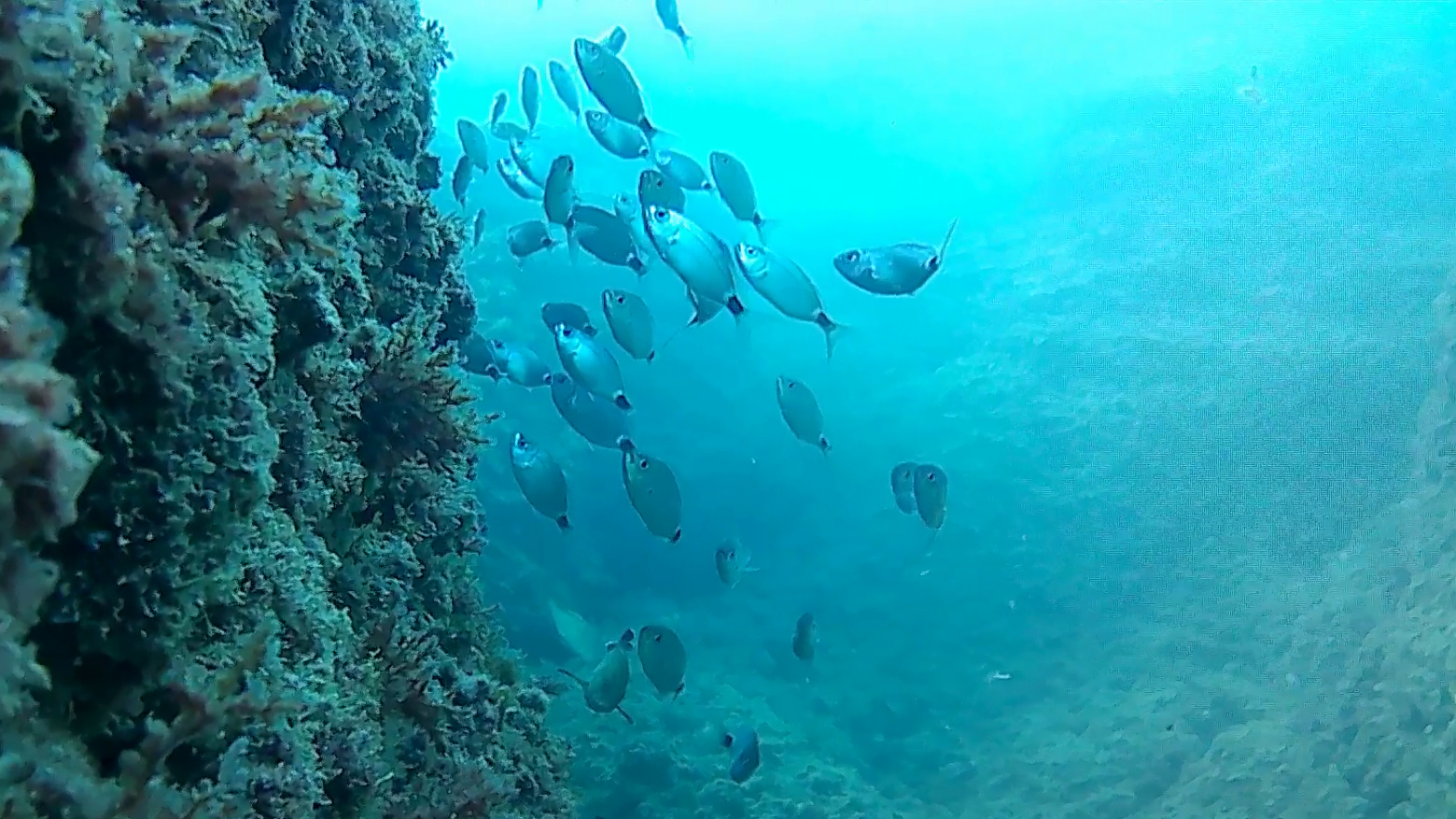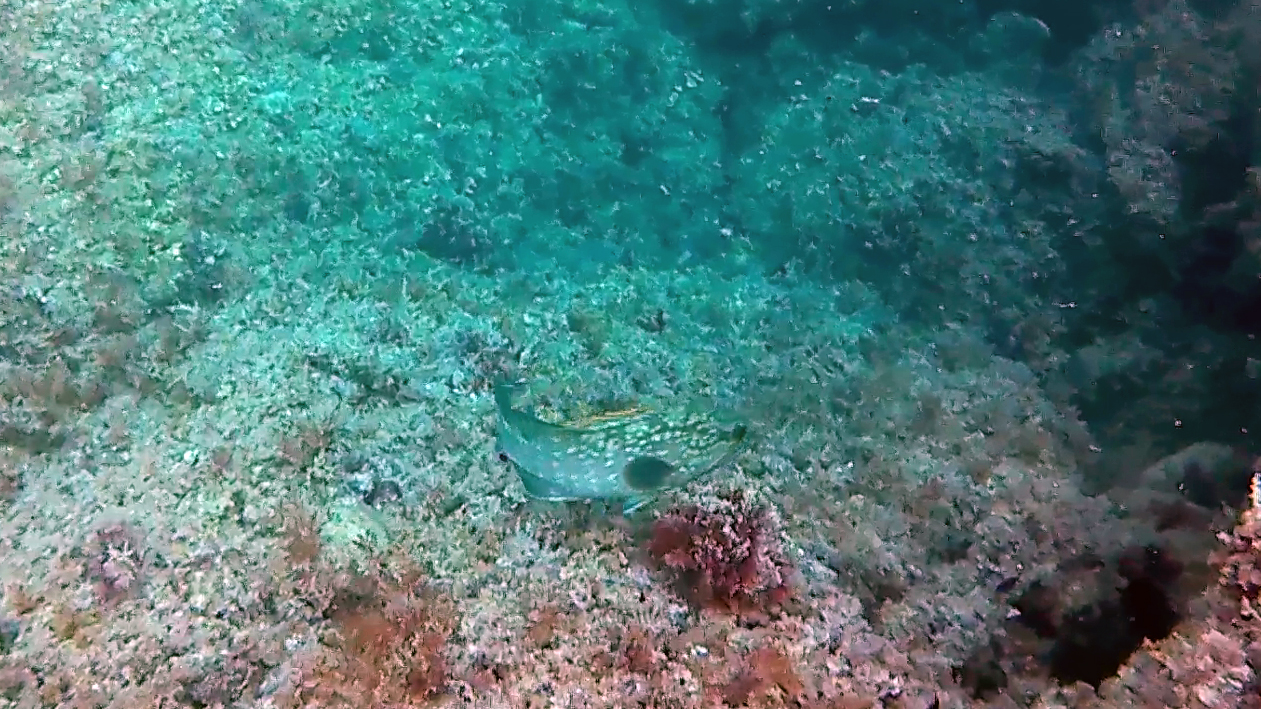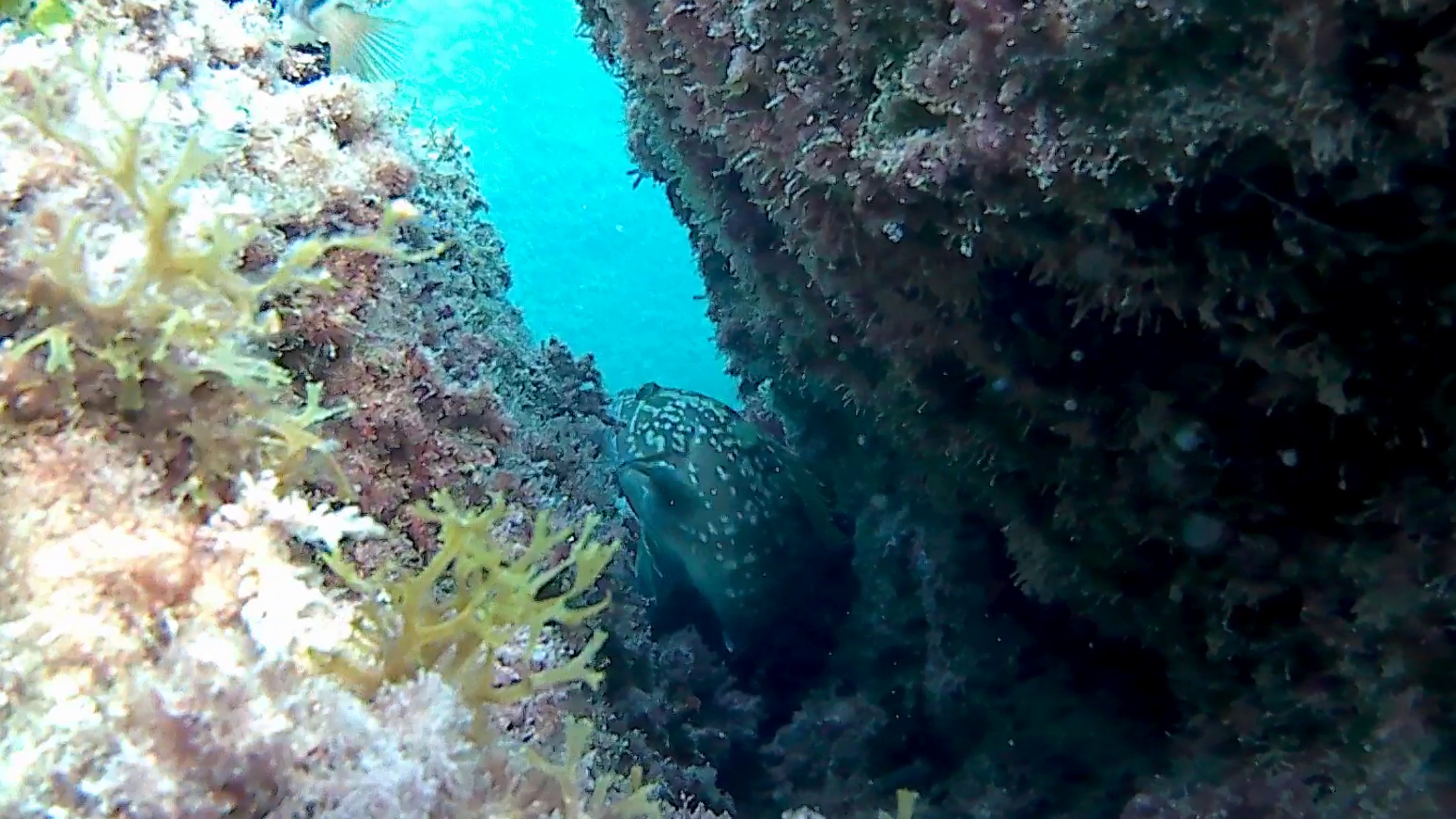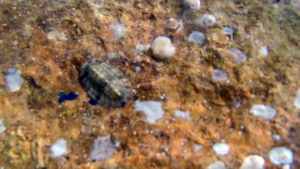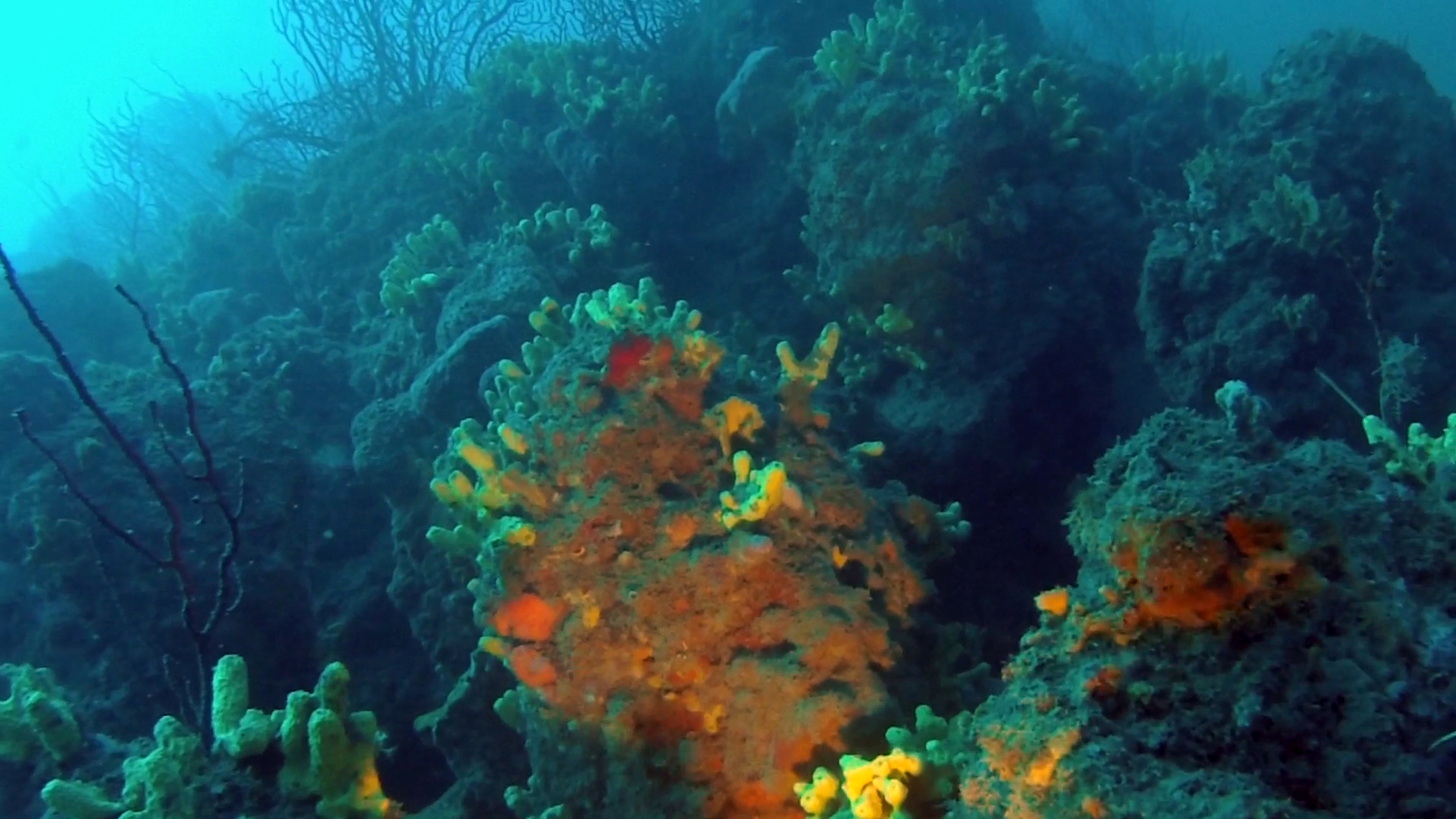Dusky Grouper is returning to repopulate our seas, we have already filmed several small specimens in a few meters of depth in coastal areas where it was once an endemic species. The reasons for the disappearance are indiscriminate fishing and the fact that being a hermaphrodized species the younger specimens could not reach the reproductive age. The alarm obviously remains as we can see from previous videos, small specimens remain caught in dropped nets in areas where fishermen should not even be far away, but we’re seeing how young specimens share the same dudes. Cernia Bruna Epinephelus marginatus Intotheblue.it Mediterraneo
The grouper is tendentially a solitary animal, especially in the summer but often we can find holes shared by two or more specimens when the ecosystem allows it. In the video you see how these timid and tendentially dodgy animals can actually be approached repeatedly without scaring the sub, if you approach the due caution. And it’s also possible to film them with non-professional equipment just in apnea.
Many serranid species are brightly colored, and many of the larger species are caught commercially for food. They are usually found over reefs, in tropical to subtropical waters along the coasts. Serranids are generally robust in form, with large mouths and small spines on the gill coverings. They typically have several rows of sharp teeth, usually with a pair of particularly large,canine-like teeth projecting from the lower jaw.
All serranids are carnivorous. Although some species, especially in the Anthiadinae subfamily, only feed on zooplankton, the majority feed on fish and crustaceans. They are typically ambush predators, hiding in cover on the reef and darting out to grab passing prey. Their bright colours are most likely a form of disruptive camouflage, similar to the stripes of a tiger.
Many species are protogynous hermaphrodites, meaning they start out as females and change sex to male later in life. They produce large quantities of eggs and their larvae are planktonic, generally at the mercy of ocean currents until they are ready to settle into adult populations. Typically groupers live in their lair, where they feel safe, and go out to get food and check the territory. Cernia Bruna Epinephelus marginatus Intotheblue.it Mediterraneo
 English
English Italiano
Italiano






